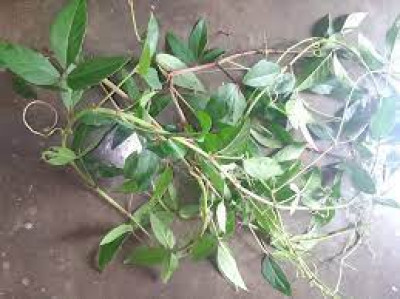Detailed Notes
The leaves are valued not only for their unique taste but also for their nutritional benefits, being rich in vitamins and minerals that aid digestion and boost immunity. In Assamese households, Nol Tenga Xaak holds a special place as part of everyday meals, particularly during the summer months when its cooling properties are most appreciated. Its cultural significance lies in its deep connection to local farming traditions and seasonal eating habits, making it an important part of Assam’s culinary heritage.
